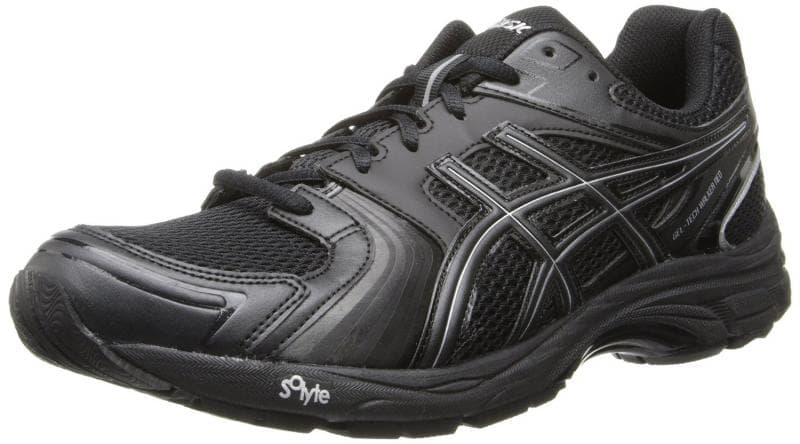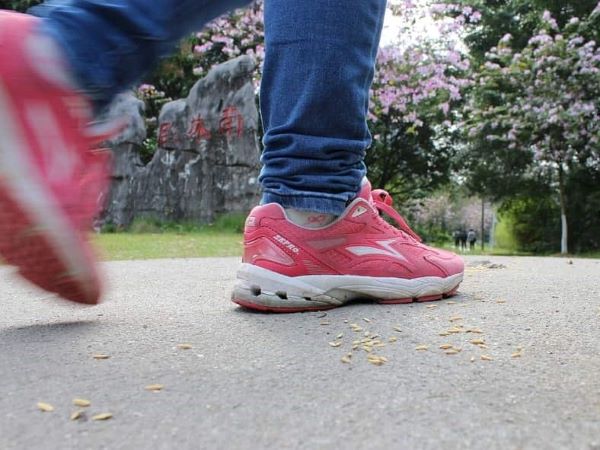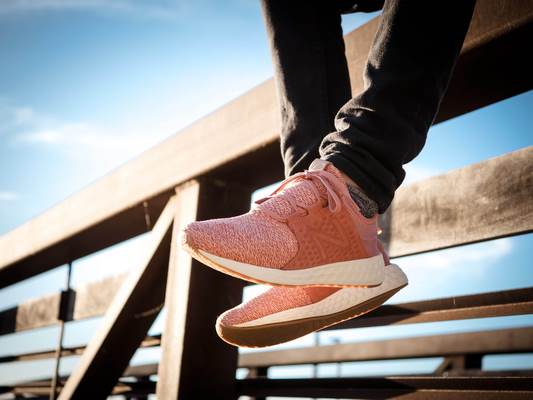What Works?
While some shoes claim their extra cushioning and special insoles can ease knee pain, research shows these “enhanced” shoes might not be effective.
A 2016 study published in the Annals of Internal Medicine studied 164 adults with knee osteoarthritis and found that there was no difference in knee pain between those who walked in enhanced shoes and those who wore regular walking shoes.
How to Choose
Minard suggests shopping for walking shoes at a specialty retail shop where the staff will look at the structure of your foot, watch you walk, and make recommendations based on your specific needs. The right shoe for someone with flat feet is different from the right shoe for someone with high arches, for example.
A walking shoe designed with a thicker sole and rigid structure, known as a stability shoe, increases the load on the knee compared with walking barefoot or wearing flexible sneakers with thinner soles.
Sole width and flexibility aside, the most important thing to focus on when choosing a walking shoe is comfort.
“Buy the shoe that fits best and feels best,” says Rajwinder Deu, MD, assistant professor of orthopaedic surgery at Johns Hopkins University. “All of us have certain styles and brands that fit us better.”
You may have to try on several pairs of walking shoes to find the one that fits best.
When to Shop
To get the right fit, try on shoes in the evening. Your feet swell throughout the day and will be their largest late in the day. Wear the same socks you wear during a walk. Lace up each pair and walk around the store. Pay attention to how the shoe feels.
“The right shoe will be comfortable right away,” Minard says. “You shouldn’t have to break in a walking shoe.”
Found one that works? “Stick with it,” Deu says.
When to Replace Them
Unlike running shoes, which you should replace every 300 to 500 miles, walking shoes absorb less force and can last much longer. As a general rule, walking shoes can last up to 9 months, Heiderscheit says.
To know when it’s time to replace your walking shoes, Heiderscheit suggests that you look at the soles: When the tread pattern is worn down, the heel is worn more on one side than the other. This can cause your foot to shift, which puts extra pressure on your knees. And when there are dimples in the side or bottom of the sole because the cushioning has broken down, it’s time for new shoes.
“Shoes play an important role in the mechanics of your stride,” Heiderscheit says. “The wrong shoe can change how you walk and put more pressure on the knee, making the pain worse. It’s worth it to invest in finding the right pair of walking shoes.”
Reference: webmd



